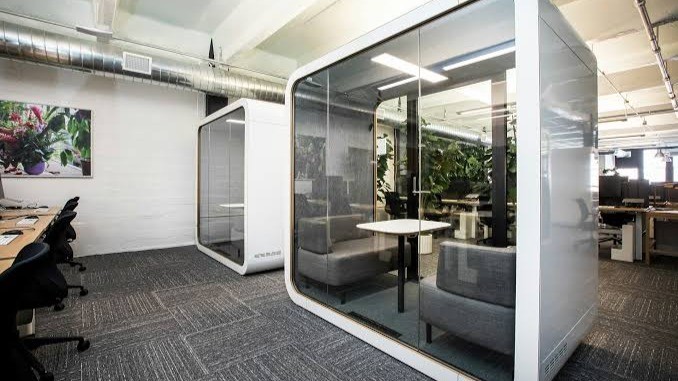
In today’s fast-paced world, staying ahead of the curve and adapting to changing needs is essential. This is especially true when it comes to interior design. The concept of future-proofing interiors involves designing spaces that can evolve and adapt to meet the needs of the occupants over time. In this article, we will explore the importance of designing flexible spaces and provide tips on how to future-proof your interiors.
Why is Future-Proofing Interiors Important?
Future-Proofing Interiors Definition
Future-proofing interiors is the process of creating flexible spaces that can easily be adapted to accommodate changing needs. This not only ensures that the space remains functional and relevant for years to come but also adds value to the property. Benefits of Future-Proofing Interiors
- Increased longevity of the design
- Cost-effectiveness in the long run
- Improved functionality and usability
- Enhanced aesthetic appeal
- Higher resale value
When designing flexible spaces, it is important to consider the following factors:
- Multi-Functional Furniture: Invest in furniture pieces that can serve multiple purposes. For example, a sofa bed can be used as a seating area during the day and a bed for guests at night.
- Modular Design: Opt for modular furniture and storage solutions that can be easily reconfigured to suit different needs. This allows for maximum flexibility in the space.
- Neutral Color Palette: Choose a neutral color palette for the walls and larger furniture pieces. This provides a versatile backdrop that can easily be updated with accessories and decor.
- Smart Technology: Integrate smart technology into the design, such as automated lighting and temperature control systems. This not only adds convenience but also future-proofs the space for upcoming technological advancements.
- Open Floor Plan: Consider an open floor plan layout that allows for easy flow and adaptability. This layout is ideal for accommodating future changes in furniture arrangement or room functions.
Future-Proofing Interiors for Different Needs
- Family-Friendly Spaces: Designing interiors that can grow with the family, such as convertible furniture for children’s rooms and play areas.
- Work-from-Home Spaces: Creating home offices that can easily transition into a guest room or study when needed.
- Aging in Place: Designing interiors with accessibility features that allow for aging residents to remain comfortably in their homes.
Conclusion Future-proofing interiors is a smart and practical approach to interior design. By designing flexible spaces that can adapt to changing needs, you can ensure that your home remains functional, stylish, and valuable for years to come. Consider the tips mentioned in this article to create a space that is truly future-proof.
